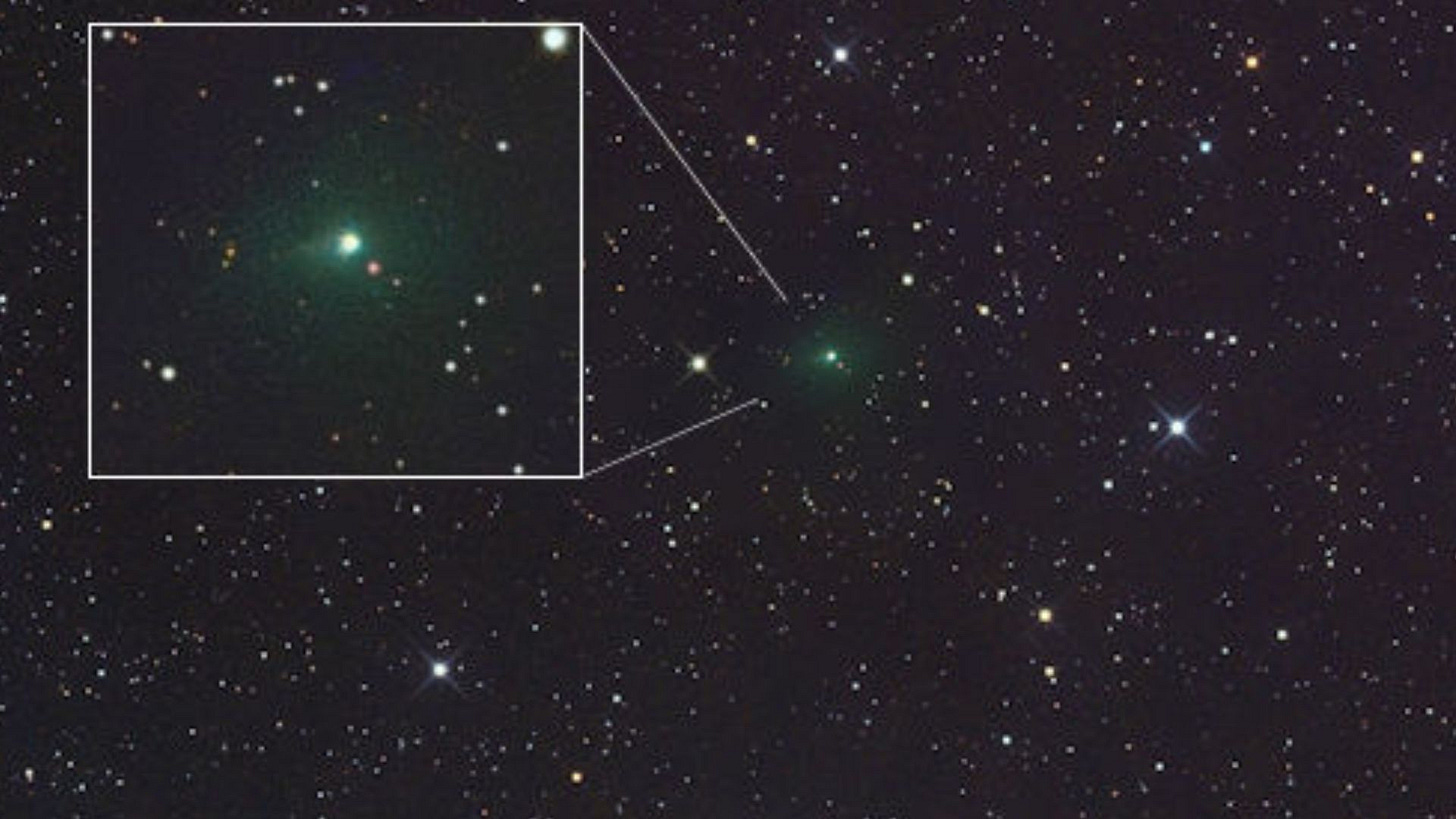Should we be concerned about 3I/ATLAS?
Third interstellar visitor in 8 years reveals previously unseen properties
We are living through interesting times it seems. There are presently about 7 comets passing through the inner Solar System, one of which is very peculiar. None of them appear in any way threatening to the Earth, despite some hysterical YouTube videos that might suggest otherwise, but do not let that fact make you too comfortable.

The strange “comet” I refer to is 3I/ATLAS; it would be better to describe it as an “interstellar object” at this stage because it is unlike any other recorded comet and neither does it appear to be some wandering asteroid.
It was only discovered in July as it was passing Jupiter, but it was quickly understood to be from beyond the Solar System by it’s trajectory and high velocity - over 60 kilometers per second and increasing as it approaches perihelion on October 30th.
It is not a dirty snowball as NASA imagines comets are. In fact it has a huge coma of green-coloured plasma around it comprised almost entirely of Carbon Dioxide at this stage. Other volatile gases will likely become apparent as it warms up on approach to the Sun. The plasma coma is estimated to be over seven hundred thousand kilometers in diameter, almost half the width of the Sun.
The nucleus is of unknown size but estimated to be between 15 and 40 km in diameter.
It has also exceeded all expectations of it’s brightness and although it is not naked-eye visible, it is far brighter already than scientists had calculated, suggesting they were wrong about it’s material composition.
Until recently it was thought to not have a tail which is the usual signature of a comet. This led to speculation that it was an asteroid or even an alien spaceship. But now a small tail has been detected - pointing directly at the Sun. No, that wasn’t a mistake, against all scientific reason and unlike any previously observed comet, 3I/ATLAS has a tail orientated directly at the Sun, against the so called Solar Wind.
This could have enormous implications for Cosmology and will no doubt excite many Electric Universe theorists who understand that cometary tails are the consequence of electrically charged bodies passing through electro-magnetic fields. It is perhaps too late to send a probe to meet this mystery object given it’s velocity, but I hope to be proved wrong as this could upset a lot of physics.
The mystery comet will pass very close to Mars on October 3rd as it approaches perihelion, it will be interesting to observe if there are any electro-magnetic anomalies as it does so, especially in the orientation of the tail.
If the comet remains on it’s expected course, it will also pass close to Jupiter on March 16th 2026 on it’s way out of the Solar System and this too could result in a possible interaction, as Jupiter is known to have captured and indeed been hit by comets in the past.
Lastly I will add that astronomers have had a feverish interest in comets since biblical times, given that they were associated with many terrestrial catastrophes. It is curious that despite our fairly accurate predictions of their orbits for centuries, we have identified only three of these interstellar visitors and all of them in the last 8 years.
This is also a period when our Sun has shown some truly dramatic and unexplained activity, which has been attributed by some as a result of it passing through a region of space more densely distributed with matter, perhaps not just nebulous gasses but also solid cometary material as well. We could begin to see more and more of these visitors.


I am truly enjoying all the academic headscratching this mysterious object is generating right now - a timely reminder that we don't know as much as we think we do.
Given we are just at the crest of Peak Max, I imagine all that material 3I-Atlas seems to be leaving in its wake is going to have interesting energy effects here on Earth and throughout the rest of our solar system, to say nothing of the sun itself.